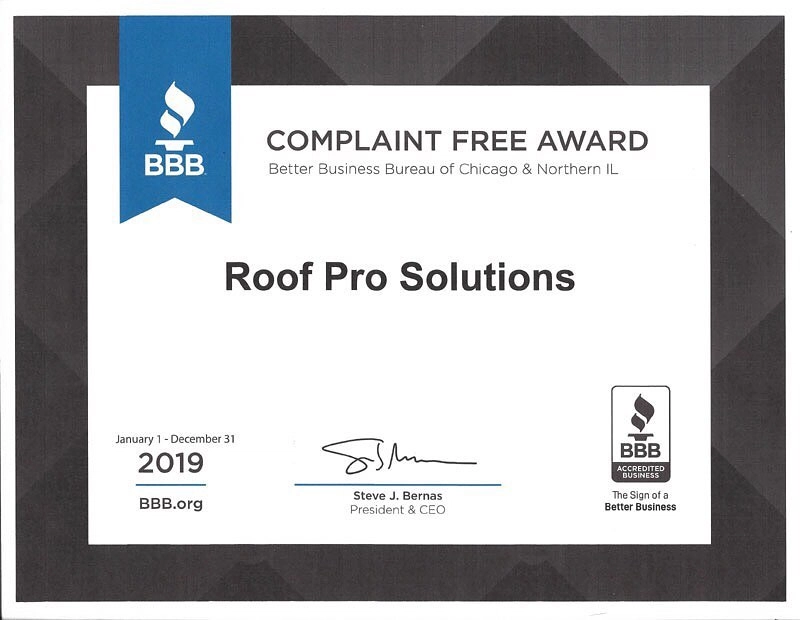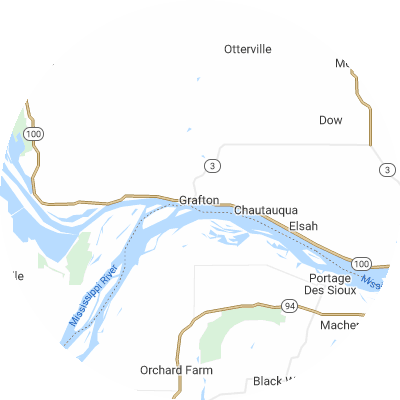Signs You May Need Gutter Guards
Gutter guards aren't required for all homes, but the signs of clogged and overflowing gutters are clear. Indicators of chronic gutter troubles are:
- Visibly damaged, sagging, or misaligned gutters that no longer correctly direct rainwater
- Mold growth, interior wall stains, or peeling exterior paint on walls near gutters.
- Soggy ground or visible erosion patterns around your house's foundation
- Leaky joints or seams where water leaks from the gutters
- Frequent clogs that lead to overflow and water spilling over gutters
How To Choose a Gutter Guard Installer
Assess Their Experience
The right installation company will have extensive experience, including multiple years in business and experience with several brands and models. Companies with experience can properly take measurements and install gutter guards to meet your distinct needs. Ask how long a company has been performing installations and request referrals from local customers.
Verify Proper Licensing and Insurance
Always confirm your gutter guard installers are licensed, bonded, and maintain workers compensation and general liability insurance. This protects you from liability for any accidents or injuries that could occur. Ask to see current licensing and insurance papers when talking with potential providers.
Choose Reputable Brands
Look for installers that offer tenured trusted gutter guard brands such as Gutter Helmet and LeafFilter. Steer clear of companies that only install generic no-name guards or their own off-brand products. These lesser-known products may not have the same level of rigorous testing as major brands.
Seek Custom Fit Services
For the best performance, gutter guards need custom measurements and trimming on-site to match your gutters. Select a company that takes custom measurements and trims guards for your home instead of using one-size guards. Properly-fitted guards prevent debris-trapping gaps from forming.
Examine Warranties
Top gutter guard installers often offer 20-year or lifetime warranties against leaks, clogs, rust, and other issues. When picking a company, carefully examine the warranty details for both workmanship and materials guarantees. Warranties provide the most effective protection for your gutter investment.
Check Reviews and Referrals
Be sure to check online reviews on sites like Google Reviews, the Better Business Bureau (BBB), or Yelp to see what customers say about their experience. You can also ask your neighbors for recommendations on quality gutter guard businesses near you. When researching potential providers, you should choose companies with positive reviews consistently over time rather than just one or two reviews.
Types of Gutter Guards
The six primary gutter guard types are as follows:
- Brush guards are made of large brush bristles that sit inside your gutters, allowing water to pass through while blocking debris. Brush guards cost around $4.05 per linear foot.
- Foam guards are large pieces of foam that rest in your gutters to stop debris. They're lightweight and easy to install. On average, you can expect to spend $2.47 per linear foot for foam guards.
- Screen guards have large holes that let water through while keeping out debris. Screen guards cost around $4.53 per linear foot.
- Mesh guards stop debris but allow water to flow through. Mesh guards have even smaller holes than screen guards. They're durable and let debris slide off rather than sitting on top of the gutters. On average, you can expect to pay $4.24 per linear foot for mesh guards.
- Micro-mesh guards are typically the most effective. They have smaller holes than standard mesh guards and let even less debris through. Micro-mesh guards cost around $5.31 per linear foot.
- Surface tension guards, also called reverse curve guards, use surface tension to let water flow into gutters while debris slides off. Typically, they are visible from the ground. On average, you can expect to pay $3.33 per linear foot for surface tension guards.












